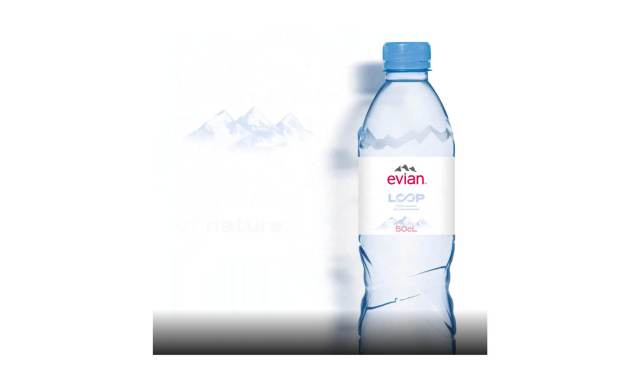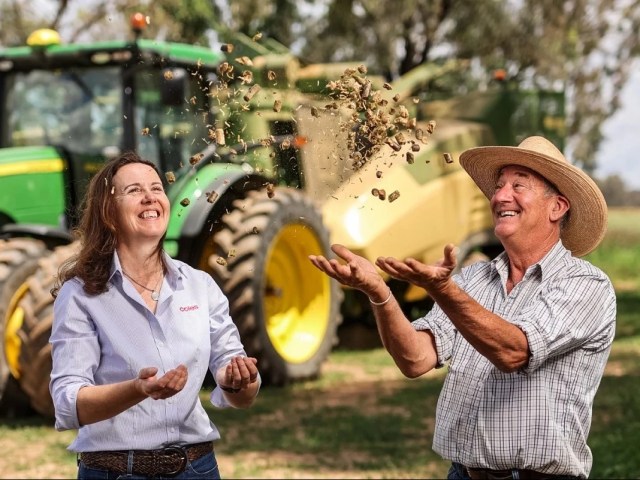
Sydney’s Permaset inks manufacturer Colormaker Industries has saved 500 tonnes of greenhouse gases (GHGs) through the electricity produced from its 100 kW solar array. This is just a step in the company’s journey to becoming carbon neutral by the end of 2024.
Nearly 40 months since it was powered up in September 2019 amid Australia’s Black Summer bushfires, and despite three successive years of La Niña rainfall, the solar array has pushed out clean electricity every day.
The installation of 356 solar panels proved to be a starting point for the Colormaker business, which has now followed up with three EVs for deliveries and staff transport, an electric forklift (no more LPG on site), a more energy efficient air compressor, a small battery to soak up some of the surplus electricity, and even more in the wings.
The solar array was initially designed to produce around twice as much electricity as the business needed. However, being a producer made Colormaker more conscious of its use. The new compressor was the most significant factor in getting overall electricity usage down by 20 per cent.
“Having such a huge energy surplus has been a great enabler for Colormaker,” Colormaker Industries managing director David Stuart said.
“Notwithstanding the very real effects of La Niña, we now produce 2.2 times as much electricity as we use. If the sun comes out and stays out, we might get that up to 2.4. Even so, for every single kWh that we’ve purchased over the past 12 months, we put 4.44 kWh into the grid. Since the battery went in, we’ve also been able to bring our demand down to 1/7th of what it was when we first installed solar, taking further strain off the grid.”
According to Stuart, on-site projects are working towards eliminating buying any electricity during the evening peak and improving self-sufficiency.
“The first battery is moving us rapidly in that direction. Against a historical self- sufficiency average of 65 per cent (we could still only supply 65 per cent of our electricity needs), for November and December, we achieved a record 83.5 per cent and expect that to be bettered in January. Once we install our big battery, we’re confident that we’ll get above 90, possibly even 95 per cent,” Stuart added.
“Looking beyond our own site, the use of one electric vehicle looks set to have saved 4 to 5 tonnes of GHGs p.a. from vehicle emissions vs a traditional ICE vehicle. To close out 2022, we acquired two more EVs but are really looking forward to the delivery of our Australian-made big battery and Aussie-made prototype delivery van – with a much bigger range and payload capacity, we see this vehicle as being a game changer.”


